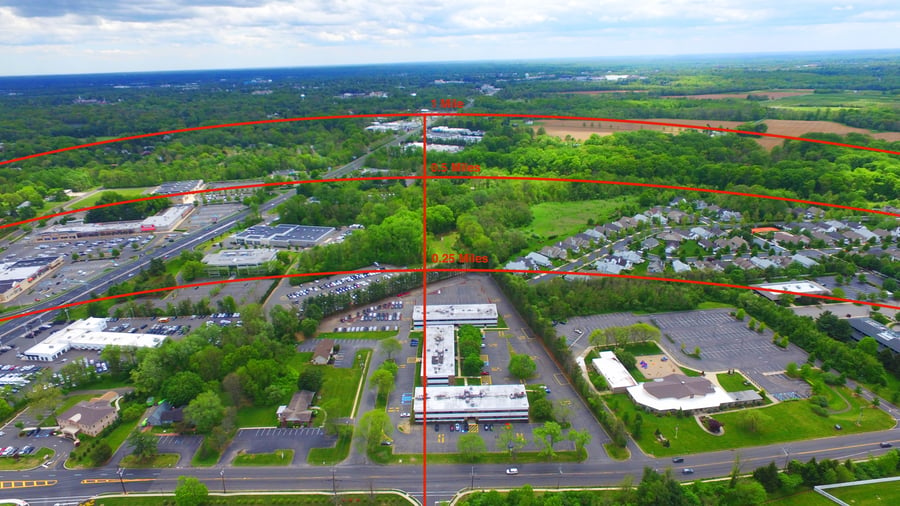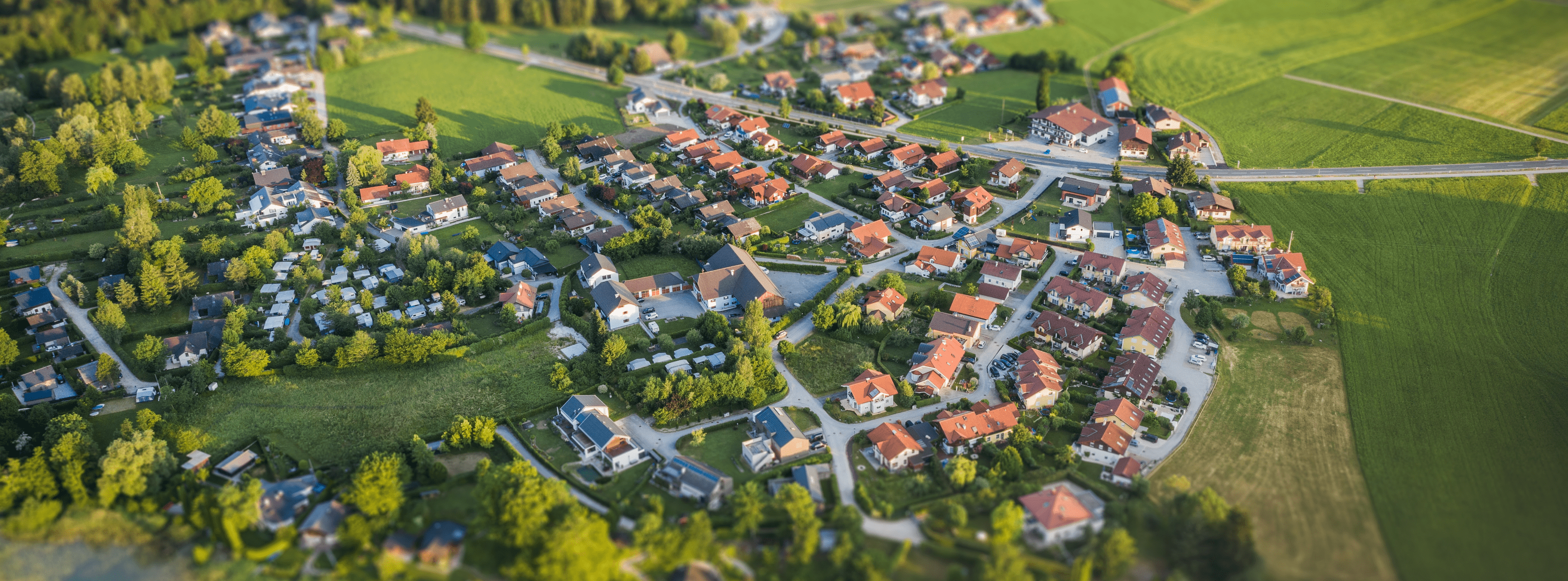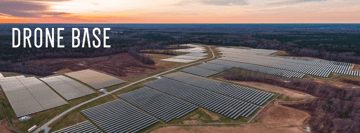Demystifying Drones and Flights For New Customers: What They Can and Can’t Do
As you’d expect from companies new to working with drone technology, many DroneBase clients have similar concerns and questions before projects begin.
These questions tend to revolve around two things: safety and capability.
Even though drones have been operating across all sorts of industries for a number of years, there’s still an element of mystery surrounding what they can and can’t do - legally and otherwise.
Today we’re going to go through some of the common questions we receive from new customers.
How far can drones ‘see’?
Between the news stories of drones ‘spying’ on neighbors and the well-known surveillance capabilities of military-grade aircraft, many DroneBase clients have an obvious question: How far can drones actually see?
Are they able to capture an image in context and details of the surrounding area? Or is each flight just a case of focusing on a single point of interest?
The truth is somewhere in between, and will obviously depend on the exact specifications of the camera your pilot’s drone is using.
Generally, drones are great for capturing a scene in context, from sweeping landscape photography to residential real estate. A drone pilot can experiment with different angles and altitudes to adjust to the specific requirements of any given mission.
The further away the flight is from the subject, the lower the amount of detail that will be captured. But again, the exact level of detail is going to depend on the camera in question.

What restrictions are there on drone flights?
Many of our clients aren’t fully aware of the extent to which drone flights - commercial and recreational - are regulated. Restrictions are in place regarding location, altitude, time of operation, pilot position and much more.
For a broad overview of the FAA’s rules you can read our post on where it’s legal to fly or go through them all directly. This year, new proposals have been put forward that could change the type of commercial flights that are possible. You can read about the proposed changes to Part 107 here.
But the main things you need to know relate to:
- Keeping your drone in view: Flights must at all times be within the visual line of sight of the pilot or a Visual Observer.
- Flying during the day: Flights must be carried out during the day or at civil twilight (30 minutes before official sunrise to 30 minutes after official sunset with appropriate anti-collision lighting.
- Flying above people: Drones cannot operate over people not directly participating in the operation.
- Flying too high: Operations have a maximum altitude of 400 feet above ground level or, if higher than 400 feet AGL, within 400 feet of a structure.
How long do missions take?
The time a mission takes depends on a number of factors. The first thing to bear in mind is that often a degree of preparation is required. The pilot might need to wait for a window in the weather, to scout out the area to check for hazards, or even to physically reset during an operation to cover large areas of land while complying with line-of-sight regulations.
Generally, the more complex a mission, the more batteries, planning and time it’s going to take. Mapping missions that require precision could take a number of hours, for example. While a commercial real estate shoot could be completed in much less time.
Now that we’ve got those fundamental questions out of the way, read on to find out how your business can hire a drone pilot.



.png?width=360&name=Banner%20Templates%20(6).png)

